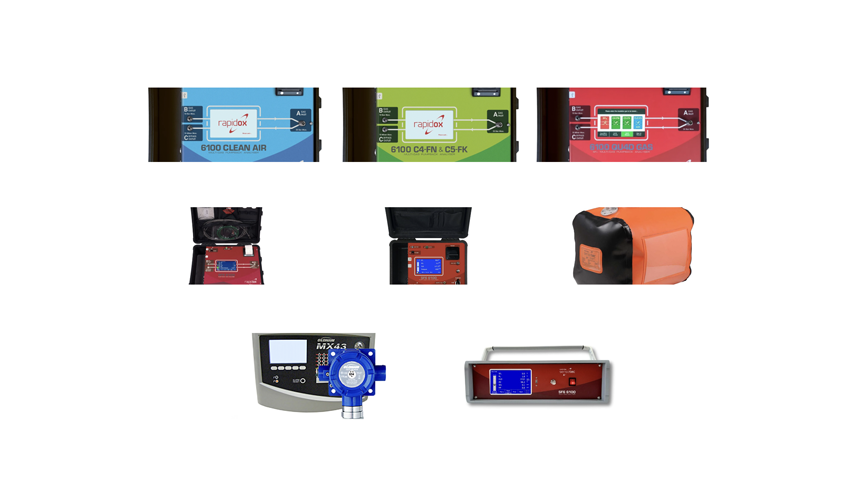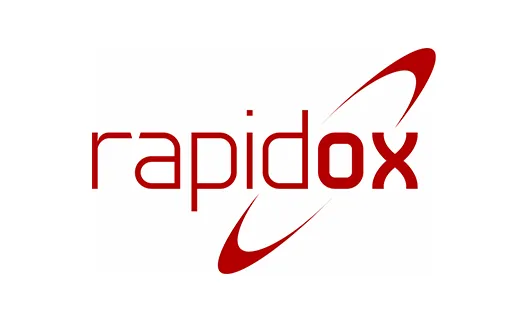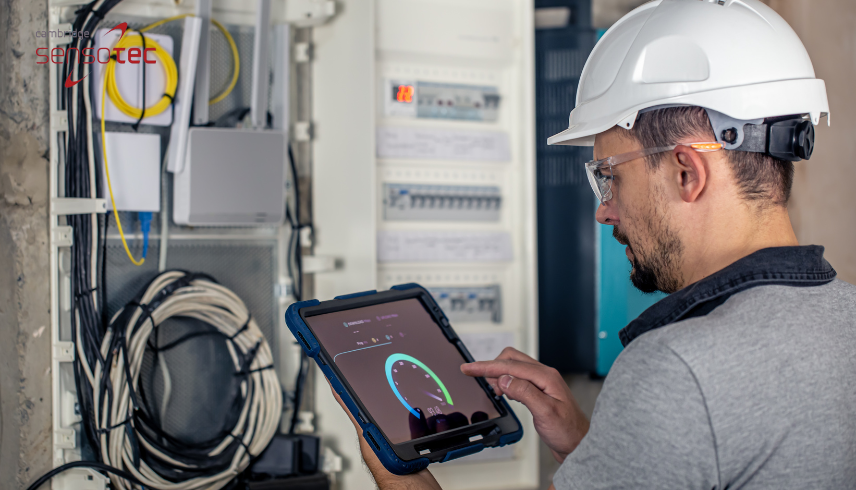

Using SF6 Gas For Eye Surgery
Introduction
Eye surgery has witnessed significant advancements over the years, with innovations enhancing surgical outcomes and patient recovery. One such innovation is the use of SF6 gas. SF6, or sulphur hexafluoride, is a gas with unique properties that make it invaluable in various medical applications, particularly in ophthalmology. This article explores the role of SF6 gas in eye surgery, detailing its benefits, risks, and future potential.
What is SF6 Gas?
Chemical Properties of SF6
Sulphur hexafluoride (SF6) is a colourless, odourless, non-flammable, and non-toxic gas. It is an inorganic compound with the chemical formula SF6. The composition of the gas is of one sulphur atom bonded to six fluorine atoms. SF6 is known for its excellent electrical insulation properties with extensive use in the electrical industry. It is also highly stable, remaining inert under a wide range of conditions.
Industrial and Medical Uses of SF6
Beyond its industrial applications, SF6 is also utilised in the medical field. Its stability and non-reactivity make it suitable for various medical procedures. In particular, its use in ophthalmology has been groundbreaking. SF6 is used as a tamponade agent in eye surgeries to help repair retinal detachments and other retinal disorders.
Safety and Handling of SF6 Gas
While SF6 is non-toxic, its handling requires caution due to its potential to displace oxygen in confined spaces, posing asphyxiation risks. Medical professionals must ensure proper ventilation and adhere to safety guidelines when using SF6 gas in surgical settings. Additionally, it is crucial to use medical-grade SF6 to avoid impurities that could harm patients.
SF6 Gas in Ophthalmology
Introduction to Ophthalmic Uses
In ophthalmology, SF6 gas is primarily used in procedures involving the retina. The retina is a delicate layer at the back of the eye, essential for vision. SF6’s properties make it an effective agent for stabilising the retina during and after surgical procedures.
The use of gases in eye surgery dates back to the early 20th century. Initially, air was used for retinal surgeries. However, the development of more stable gases like SF6 has significantly improved surgical outcomes. The introduction of SF6 in the 1970s marked a significant milestone in retinal surgery, providing surgeons with a reliable tool to manage complex retinal conditions.
Comparison with Other Gases Used in Eye Surgery
Other gases used in eye surgery include C3F8 (perfluoropropane) and air. Each gas has its unique properties and applications. SF6 is preferred for its balance between stability and absorption rate. It remains in the eye for a period long enough to support retinal reattachment but is absorbed relatively quickly compared to other gases, reducing the risk of complications.
The Role of SF6 Gas in Eye Surgery
Types of Eye Surgeries Utilising SF6
- Retinal Detachment Repair: Retinal detachment is a serious condition where the retina separates from its underlying tissue. SF6 gas is injected into the eye to push the retina back into place and keep it attached during healing. This procedure, known as pneumatic retinopexy, is minimally invasive and highly effective.
- Macular Hole Surgery: A macular hole is a small break in the macula, the central part of the retina responsible for sharp vision. SF6 gas is used in vitrectomy surgery to create a tamponade effect, which helps close the hole and restore vision.
- Vitrectomy: Vitrectomy is a surgical procedure that involves removing the vitreous gel from the eye to treat various retinal disorders. SF6 gas is often used at the end of the surgery to replace the vitreous gel temporarily, helping to keep the retina in place as it heals.
Mechanism of Action
Gas Tamponade Effect
The primary mechanism by which SF6 aids in retinal surgeries is the tamponade effect. The gas bubble exerts pressure on the retina, holding it against the back of the eye. This pressure helps to flatten the retina and promote reattachment and healing.
Longevity and Absorption Rate
SF6 gas remains in the eye for about one to two weeks, gradually being absorbed into the bloodstream and replaced by natural eye fluids. This duration is optimal for retinal healing, providing enough time for the retina to reattach while minimising the risk of long-term complications.
Procedure Overview
Pre-Surgical Preparations
Before the surgery, patients undergo a comprehensive eye examination to determine the extent of the retinal issue. They may be advised to avoid certain medications and to arrange for post-surgery care and transportation, as vision will be temporarily affected.
Injection Techniques
During the surgery, SF6 gas is carefully injected into the vitreous cavity of the eye. The procedure is usually performed under local anaesthesia, ensuring the patient remains comfortable. The surgeon monitors the gas injection to achieve the desired tamponade effect.
Post-Surgical Care and Instructions
After the surgery, patients are given specific instructions to follow, including maintaining certain head positions to ensure the gas bubble remains in the correct position. Regular follow-up appointments are scheduled to monitor healing and manage any complications.
Benefits of Using SF6 Gas in Eye Surgery
- Enhanced Surgical Outcomes: The use of SF6 gas in eye surgery has significantly improved surgical outcomes. Its ability to provide a stable tamponade effect enhances the success rates of retinal reattachment and macular hole closure.
- Reduced Risk of Complications: SF6 gas’s optimal absorption rate reduces the risk of complications associated with prolonged gas presence in the eye. Patients experience fewer issues related to intraocular pressure and gas expansion compared to other gases.
- Patient Recovery and Prognosis: Patients who undergo eye surgery with SF6 gas typically have a favourable prognosis. The gas supports retinal healing while allowing for relatively quick recovery times. Most patients regain significant vision improvements post-surgery.
Potential Risks and Side Effects
- Intraocular Pressure Changes: One potential risk of using SF6 gas is the change in intraocular pressure. The gas bubble can cause a temporary increase in pressure within the eye, which must be monitored closely to prevent damage to the optic nerve.
- Gas Expansion and Retinal Stress: SF6 gas can expand if exposed to lower atmospheric pressures, such as during air travel. This expansion can increase intraocular pressure and stress the retina. Patients are advised to avoid flying or significant altitude changes until the gas is fully absorbed.
- Management of Complications: In the event of complications, such as elevated intraocular pressure or persistent gas bubbles, medical intervention may be required. Treatment options include medications to lower eye pressure or additional surgeries to remove the gas bubble.
Clinical Studies and Research
Review of Key Studies
Numerous clinical studies have demonstrated the efficacy and safety of SF6 gas in retinal surgeries. Research indicates high success rates in retinal reattachment and macular hole closure, with minimal complications.
Ongoing research is exploring new applications of SF6 gas in ophthalmology. Innovations include the development of new injection techniques and the combination of SF6 with other treatments to enhance surgical outcomes further.
The future of ophthalmic surgery looks promising with continued advancements in the use of SF6 gas. Researchers are investigating ways to optimise gas properties and delivery methods to improve patient outcomes and expand the range of treatable conditions.
Alternatives to SF6 Gas in Eye Surgery
- C3F8 (Perfluoropropane): C3F8 is another gas popular for retinal surgeries. It has a longer absorption rate than SF6, which can be beneficial for certain conditions requiring prolonged tamponade. However, it also carries a higher risk of complications due to its extended presence in the eye.
- Air and Balanced Salt Solutions: Air and balanced salt solutions are sometimes alternatives to SF6 gas. These options are less expensive and have a shorter duration of action, which can be advantageous for certain procedures. However, they may not provide the same level of support for retinal healing.
- Silicone Oil: Silicone oil is a longer-term tamponade agent, particularly for complex retinal surgeries. It remains in the eye for months and before removal in a subsequent surgery. While effective, it also brings higher complication rates and requires additional surgical intervention.
Comparative Effectiveness
Each tamponade agent has its advantages and disadvantages. The choice of agent depends on the specific surgical requirements and patient condition. SF6 gas offers a balanced option with its intermediate absorption rate and high success rates in retinal surgeries.
Regulatory and Ethical Considerations
FDA and International Guidelines
The use of SF6 gas in medical procedures is subject to regulation by the FDA and other international health authorities. These regulations ensure the safety and efficacy of SF6 gas in ophthalmic surgeries. Medical professionals must adhere to these guidelines to maintain high standards of patient care.
Ethical Considerations in Using Medical Gases
Ethical considerations include informed consent and patient education about the benefits and risks of using SF6 gas. Patients should be fully aware of the procedure, potential complications, and alternative treatment options before undergoing surgery.
Summary of SF6 Gas Benefits in Eye Surgery
SF6 gas has revolutionised retinal surgeries, offering enhanced outcomes and reduced risks. Its properties make it an ideal tamponade agent, supporting retinal healing and improving patient prognosis.
As research continues and new innovations emerge, the use of SF6 gas in ophthalmology will continue to expand. Future advancements will likely further improve surgical techniques and patient outcomes, solidifying SF6’s role in eye surgery.
For specialist SF6 gas analysis tools that provide pinpoint accuracy, speak to the team at Cambridge Sensotec today.


